Cold winter temperatures can cause problems for woodworkers. Not only finishing suffers but also other operations, one of which is gluing. A wood glue specially formulated for cold weather can only make the job easier for those in the industry, but not only them. As we are in the middle of the cold season I think that presenting such a winter adhesive is helpful.
Problems encountered during freezing winters prompted adhesive manufacturer Szolvegy to find solutions to help its customers.
It is about Tiszabond 3011/D3D of the Szolvegy Târgu Mureș. The adhesive is a project of the company developed especially for partners who face very cold winter temperatures. Matefy Csaba, the company's director, was telling me that one of his customers, based in Miercurea Ciuc, often faced problems because of the very cold winters in the region. We have all heard that Miercurea Ciuc is considered the pole of cold in our country. Almost every winter, the coldest temperatures are recorded there, some of them even setting records. In these conditions they had difficulties in maintaining temperatures of 18-20 degrees Celsius in the warehouses, as required by the technical data sheets of the adhesives, and in unheated warehouses the temperature easily reached below 0°C.
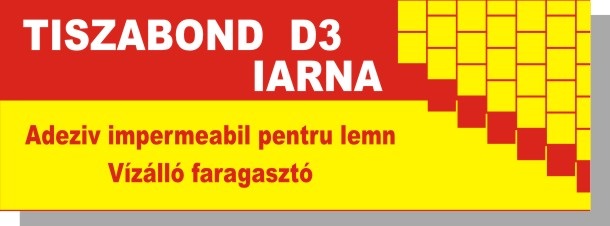
That's how a winter adhesive was developed that also films at 0°C.
To solve these problems, an adhesive was made that would work after one, two or even three freeze-thaw cycles. Mr. Matefy says that this is the advantage of working directly with the manufacturer, the direct contact between the furniture manufacturer and the adhesive manufacturer. It creates a strong partnership because information flows faster and easier and this enables the adhesive manufacturer to create the best and most suitable products for the furniture and wood panel manufacturer. This was the case here. Customer requirements led to an adhesive Tiszabond for winter.
The new wood glue is a D3 glue and one of the advantages of using it is the lack of formaldehyde.
The adhesive is a polyvinyl acetate in aqueous dispersion. Unlike ureo-formaldehyde adhesives, they do not contain formaldehydewhich means that the panels and furniture do not emit free formaldehyde from the adhesive. Aqueous polyvinyl acetate dispersions are neither harmful to those who use them nor to the environment. In short, their advantages in this respect are:
- lack of formaldehyde
- are not flammable
- not harmful to health
- dry leftovers are not hazardous waste
Tiszabond winter adhesive is a D3 adhesive. This means that it can be used for interior constructions with short-term exposure to damp or damp environments, exterior constructions in mild climates, for jointing steps, doors or windows installed in weather-protected areas. It is not, however, recommended for structures and objects that are continuously in the water (boats, ships) or for load-bearing structures in buildings (roof beams).
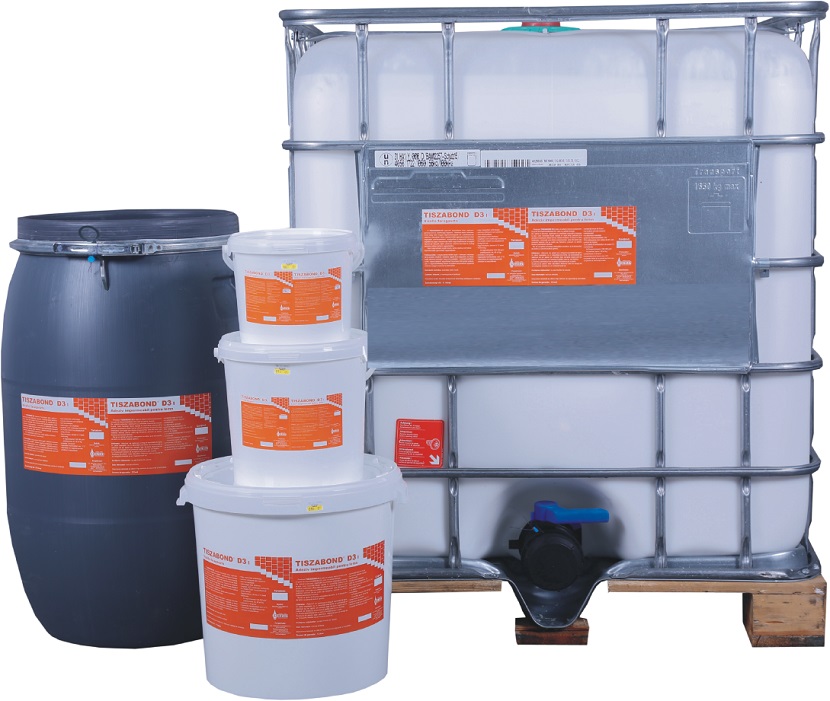
Compared to other D3 adhesives, this Tiszabond winter adhesive has a number of properties that eliminate the problems that can occur when temperatures are very cold.
Here are some of them:
- Even if frozen, the adhesive can be used after thawing. Just shake it very well. The viscosity of the product may increase slightly after freezing. It is recommended to use it undiluted in order not to decrease the solid content and not to prolong the drying time. If it is not possible to use without dilution, a maximum dilution of 10% is acceptable. After repeated freeze-thaw cycles the product turns to a gel and can no longer be used.
- The film formed is less hard which leads to improved flexibility of the bonded elements. The reduced hardness of the film also results in less aggression on the strips of the strips and therefore prolongs their life.
- Increases wet adhesion to the substrate
- The minimum temperature for adhesive film formation is lower (0°C);
- The safety of winter bonding is increased.
The effects of using the wrong adhesive at low temperatures are hard to see on the surface of the joint. To see what is going on inside the joint, the adhesive must be sectioned.
Unfortunately, when using an adhesive that is not suitable for low temperatures, it is not immediately visible on the surface of the bond. If the temperature in the hall is not very low you may think that there is no reason to use a special adhesive. However, there are situations when wood, brought in from an unheated warehouse, is only superficially warmed, not deeply. During pressing, the low temperature inside the wood influences the adhesive and may lower its temperature below the minimum film-forming temperature. After pressing the adhesive film will look normal, but in cross-section you will see that the adhesive has turned to dust.
The same happens if, immediately after pressing, the piece is moved to an unheated storage room. After the compression has stopped (recommended to be 2 hours) the chemical reaction continues inside the adhesive film for another week. Only then does the bonding reach its maximum breaking strength and waterproofness. If during this period the part stays in the cold store, due to the low temperature the adhesive inside the glue freezes and turns to dust. It goes without saying that this leads to a decrease in tensile strength, making the bond insecure.
Adhesive D3 can be converted to D4 by adding 3.5-5% of the additive D3D4. D4 adhesives are used for joints requiring increased moisture resistance. But about D4 adhesives and the additive that turns a D3 into a D4, in a future article.


























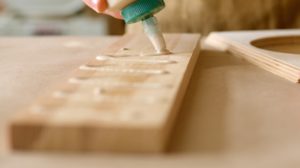

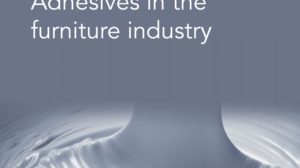
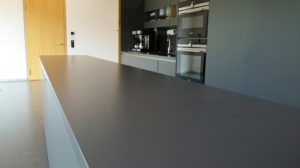

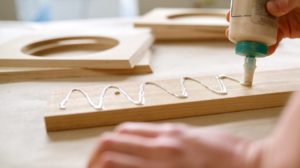
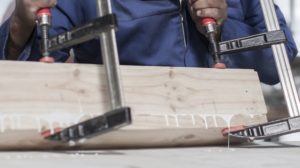
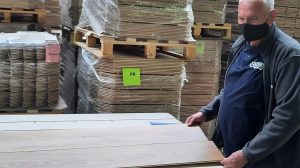

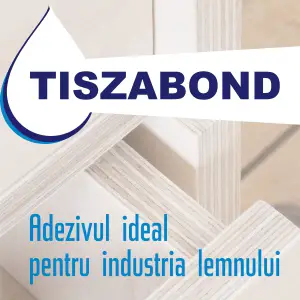
Where can it be found?
Good evening.
You can find it at Szolvegy Targu Mures: Târgu-Mures, Str. Hunedoara Nr.31 Corp A, Tel./Fax. +40-265-250.747
Mobile: +40-744-36.59.58
E-mail: matefy.csaba@szolvegy.ro
At the moment there are 35 l and 1000 l packs. Soon there will also be 5 and 10 l packs.
All the best!
Hello!
It is a very interesting magazine. Engineer Mihaela Radu's information is useful.
I am from the Republic of Moldova and cannot receive this magazine.
Hello!
Thanks for your appreciation.
I'm sorry you can't get your hands on the printed magazine. It would be easy if you had someone in Romania you could turn to.
All the best!